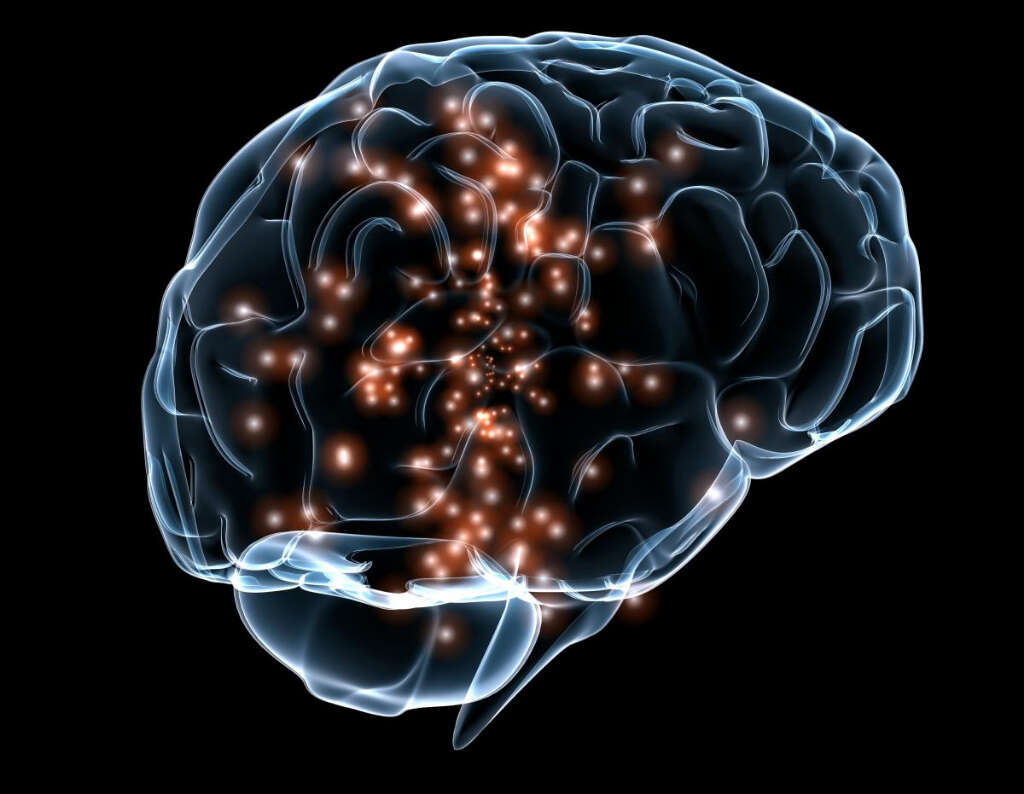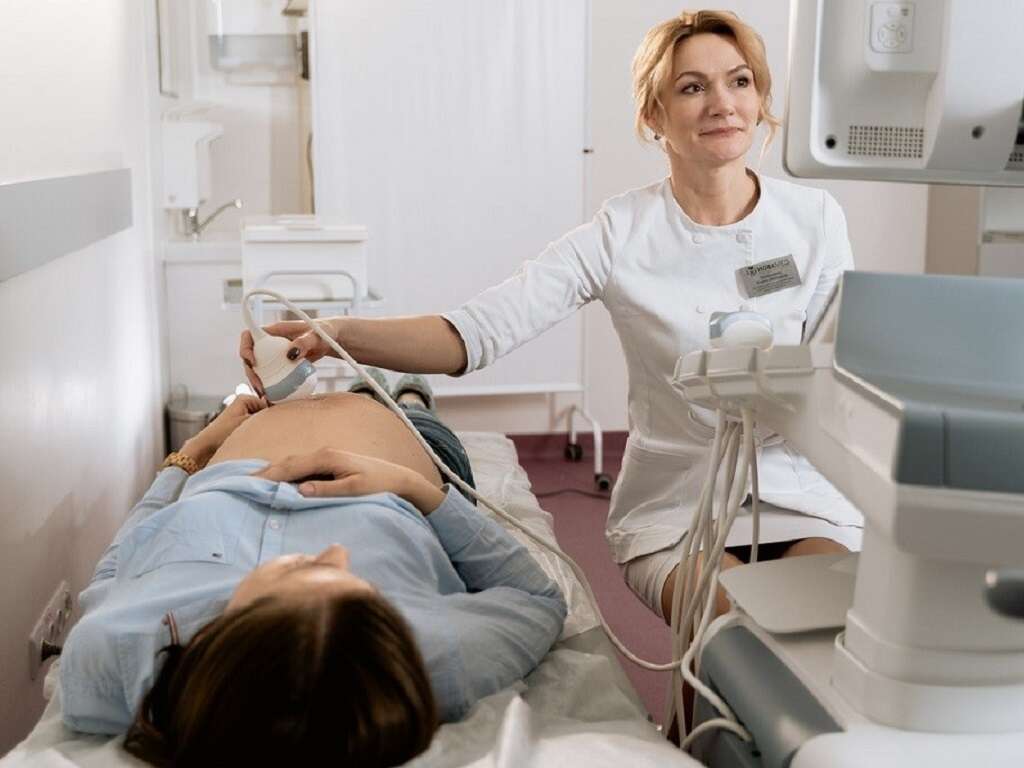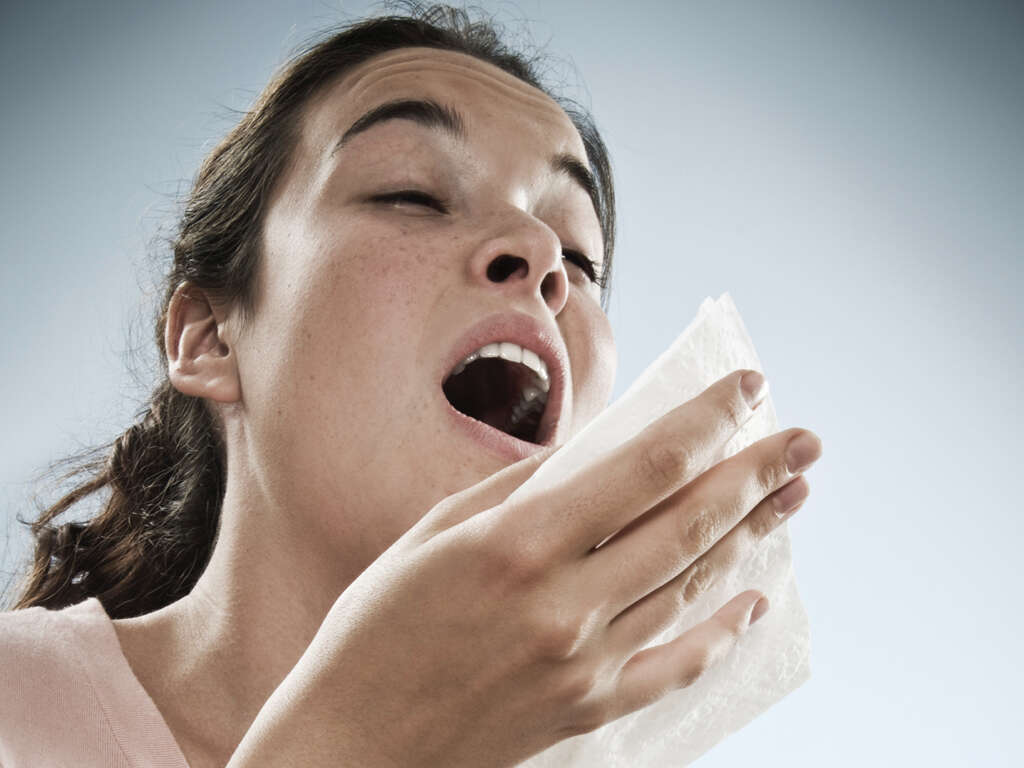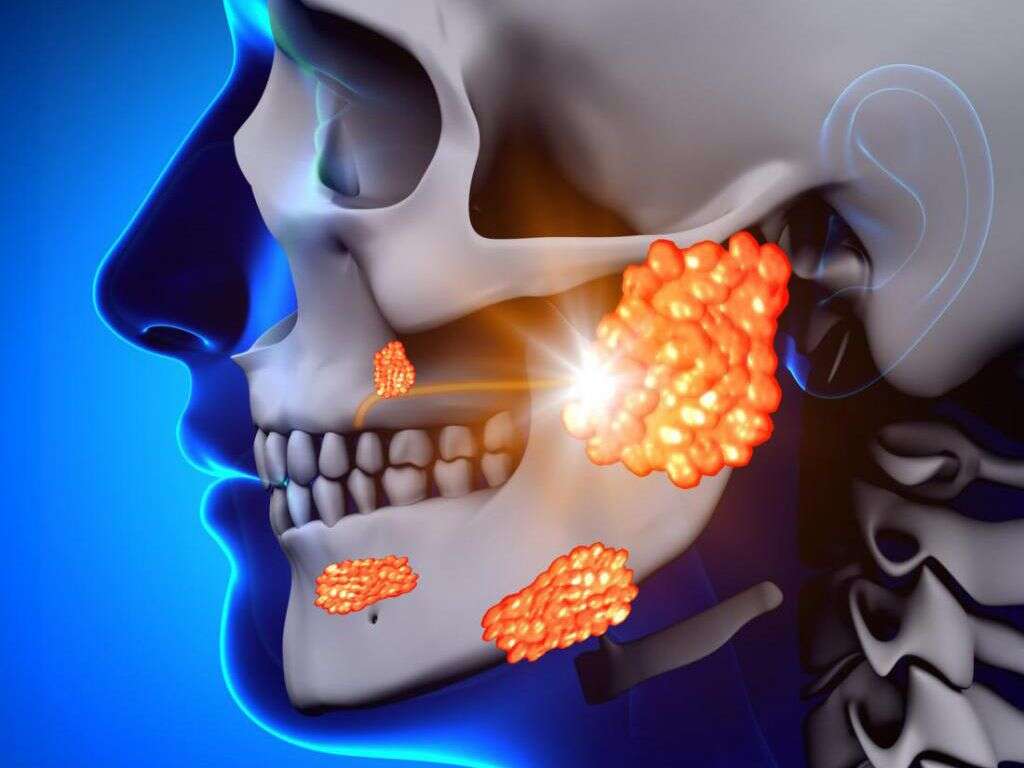10 Mumps Symptoms
Mumps is a disease that is caused by the mumps virus (Rubulavirus). The symptoms usually begin 16 to 18 days after the patient is exposed to the virus. Symptoms typically resolve seven to ten days later. The symptoms have been observed to be more severe in adults compared to children. Approximately 33% of those infected have mild or no symptoms. Mumps is a highly contagious infection that spreads quickly among those who live in close quarters. It is transmitted through direct contact or respiratory droplets. Individuals are infectious approximately seven days before the symptoms start and eight days after. Once the infection resolves, the affected individual is immune for life. Reinfection produces mild to no symptoms. The diagnosis of mumps is confirmed through the isolation of the virus on a swab of the parotid duct. It is a preventable disease if the mumps vaccine is administered.
Almost all parts of the developed world have included mumps in their national vaccination program usually in combination with rubella, measles, and varicella vaccine. Low immunization rates often result in increased cases among older age groups with poorer prognosis. Treatment for mumps revolves around the control of symptoms with pain medication. Without immunization, 0.1 to 1% of the population are affected annually. The introduction of the mumps vaccine resulted in a decrease of more than 90% of cases. However, outbreaks can still occur in a vaccinated population most common among those in their early 20s.
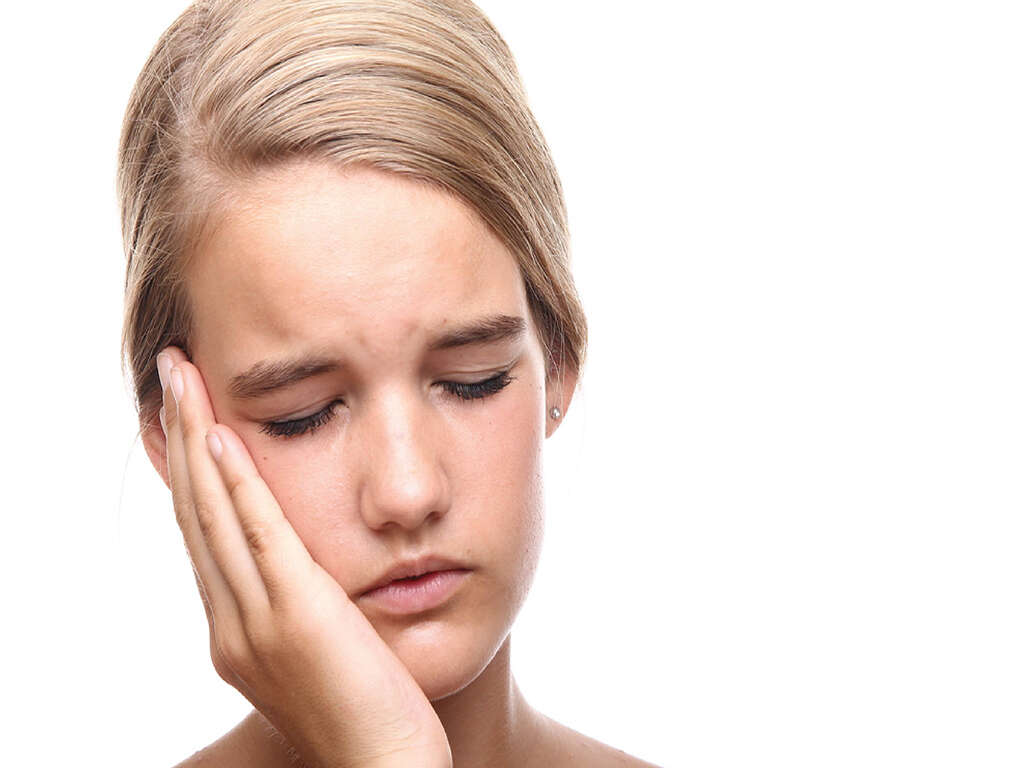
Symptom #1: Fever
Fever is the elevation of the set point of body temperature. When the set point of body temperature increases, it causes the body to try to achieve that temperature by producing heat through muscle contractions and conserving heat. This leads to the sensation of cold. Fever is a non-specific symptom seen in many conditions especially in infections.
It is the body’s natural response to fight an infection by increasing the body temperature as it enhances the ability of the immune system. Since mumps is a viral infection, a fever can occur. The fever in these patients usually subside within 7 days, before the swelling of the parotid gland resolves.
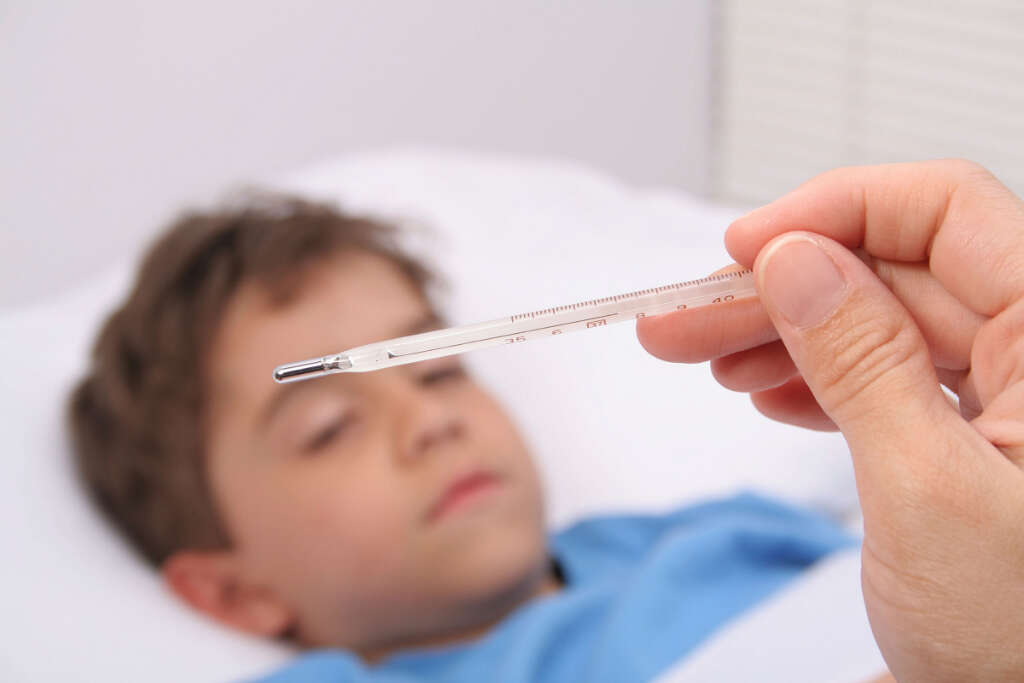
Symptom #2: Headache
Headache is defined as any pain located anywhere in the head or neck. There are many types of headaches such as migraines, tension type headaches, and cluster headaches. It is a non-specific symptom that can be seen in both serious and benign conditions.
Causes of headaches can include fatigue, dehydration, stress, sleep deprivation, adverse effects of medications or recreational drugs, loud noises, head injury, viral infections, common colds, dental issues, or sinus problems. The treatment of headaches depends on the underlying cause. However, pain medication can be used in most situations.

Symptom #3: Myalgia
Myalgia refers to muscle pain. Patients may describe it as generalized body aches. It is distinct from joint pain. Myalgia is a non-specific symptom that has many causes such as injury, overuse, chronic tension, viral infections, side effects of medications, fibromyalgia, autoimmune diseases, and more.
If the cause of muscle pain is unknown, it can be treated symptomatically using painkillers such as paracetamol or non-steroidal anti-inflammatory drugs (NSAIDs), muscle relaxants, heat packs, and rest.

Symptom #4: Tiredness
Tiredness can refer to fatigue. Fatigue is defined as a gradual feeling of tiredness that is alleviated with periods of rest. It can be divided into physical or mental fatigue. Physical fatigue is the temporary inability of the muscles to maintain optimal performance. It is worsened with physical exercise. Mental fatigue is the temporary decrease in cognitive performance.
Tiredness or fatigue can appear as somnolence or lethargy. It is a non-specific symptom seen in many conditions such as pregnancy, infections (viral, bacterial, or parasitic), stress, depression, boredom, inadequate sleep, anemia, nutritional deficiencies, and more.
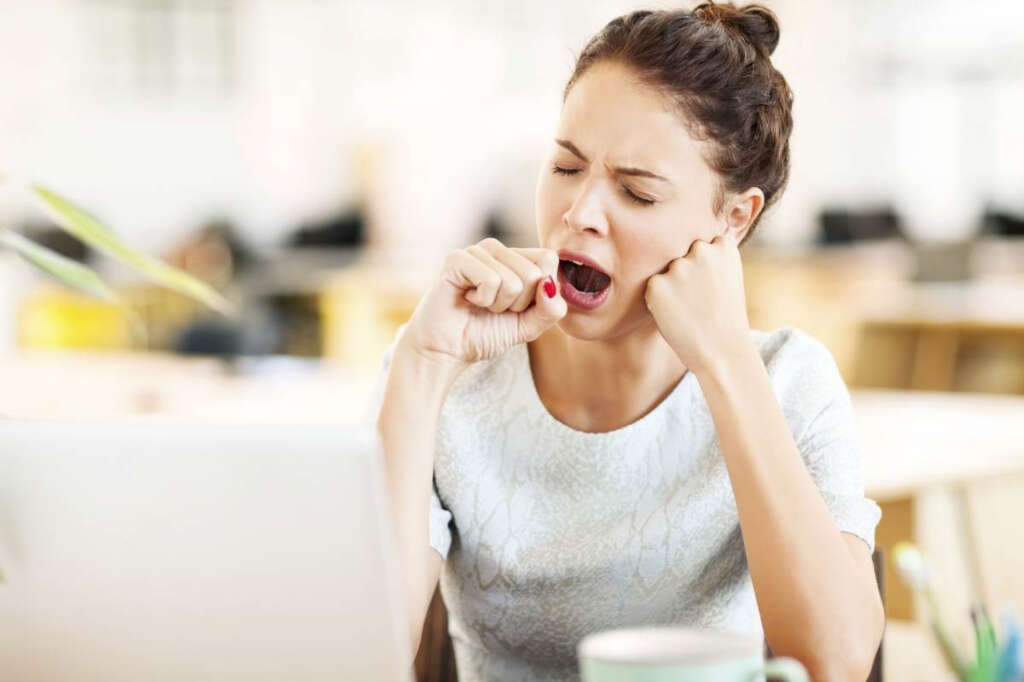
Symptom #5: Loss of Appetite
Loss of appetite is also known as anorexia. It is a non-specific symptom that can be seen in many conditions such as acute viral hepatitis, anxiety disorder, appendicitis, cancer, chronic pain, celiac disease, heart failure, dehydration, dementia, hypothyroidism, tuberculosis, ulcerative colitis, side effects of medications like amphetamines or stimulants, and more.
Anorexia can lead to dangerous electrolyte imbalances. The risk of complications increases when feeding resumes after a prolonged period of abstaining from food. Care must be taken to avoid refeeding syndrome.

Symptom #6: Swollen Parotid Glands
Individuals with mumps can experience swelling of one or both of the parotid glands which is visible in front of the ear (the cheek and jaw area). The swelling may extend forward and downward as there is build up of fluid in the skin and surrounding soft tissue. The swelling peaks in one to three days and gradually subsides in the following week.
The swollen glands push the angle of the ear out and up. It may also cause the angle of the jaw to no longer be visible or felt. In 25% of patients, the swelling occurs only on one side. Other salivary glands are involved in 10% of patients.
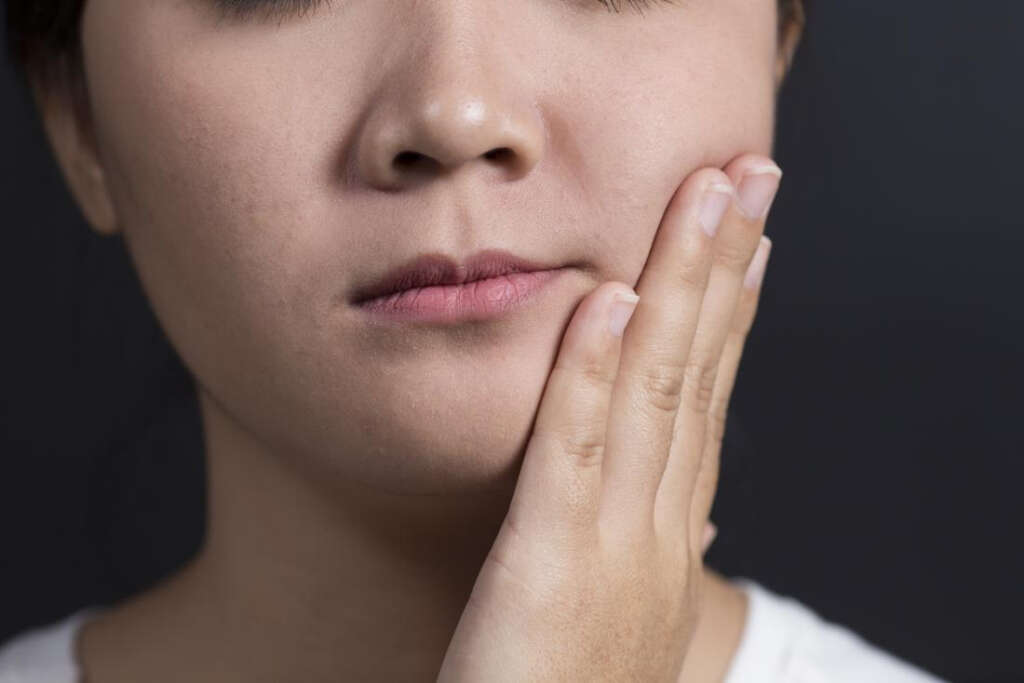
Symptom #7: Pain on the Sides of the Face
Patients with mumps may experience tenderness, pain, or soreness at the sides of the face in front of the ears. This is where the parotid glands are located. The pain can either be unilateral or bilateral.
It is caused by the viral infection of the ductal epithelium causing a localized gland inflammation. It may also present as ear pain that is felt near the ear lobe. The pain is often worsened when there is chewing movement.
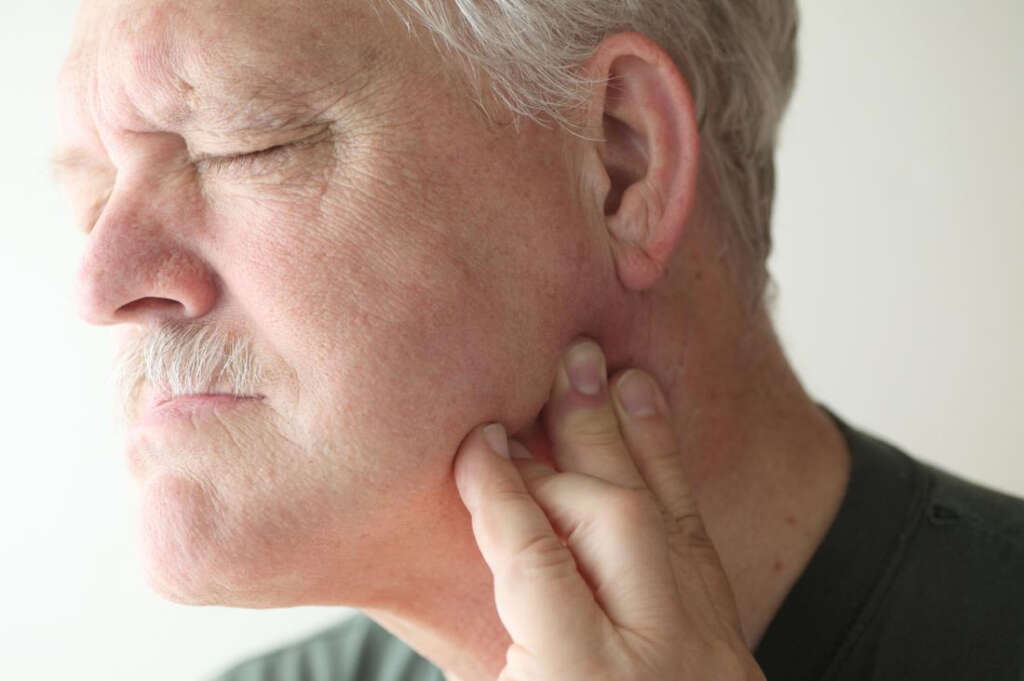
Symptom #8: Orchitis
Orchitis refers to the acute inflammatory reaction of the testis (either unilateral or bilateral) due to infection. Most cases of orchitis occur due to the viral mumps infection. However, it can also be due to other viruses and bacteria. The affected testis will be enlarged and tender. Patients may also complain about painful urination and swollen lymph nodes in the groin.
It is estimated that about 20% of patients (under the age of 10 years old) with mumps develop orchitis. 60% experience unilateral orchitis. Supportive treatment for orchitis includes hot or cold packs for analgesia, bed rest, and scrotal elevation.

Symptom #9: Abdominal Pain
Patients with mumps can also develop pancreatitis which is the inflammation of the pancreas. Patients with this issue may experience abdominal pain in the upper region, nausea, and vomiting. It is estimated that 1 in 20 cases of mumps result in short-term inflammation of the pancreas.
Female patients may develop oophoritis which is the inflammation of the ovaries. This occurs in approximately 5% of female patients. The abdominal pain in oophoritis is usually felt in the lower region near the pelvis.
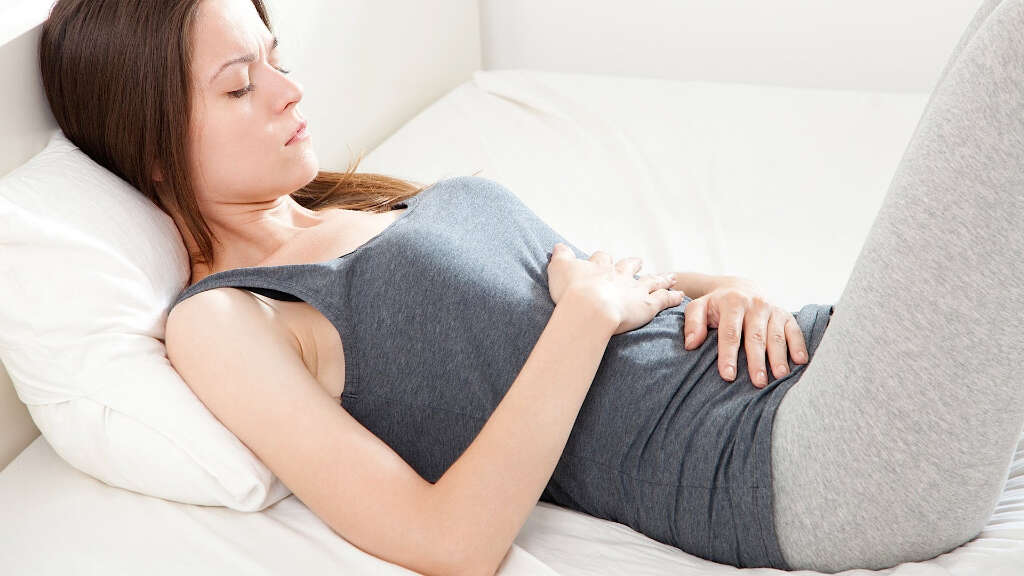
Symptom #10: Neurological Symptoms
Some patients with mumps may experience neurological symptoms such as confusion, drowsiness, paralysis, hydrocephalus, cranial nerve paralysis, or seizures. Once the mumps virus enters the bloodstream, it can travel to the brain and cause meningitis and encephalitis which leads to neurological symptoms.
Meningitis is the inflammation of the lining of the spinal cord and brain while encephalitis refers to the inflammation of the brain itself. However, according to the Centers for Disease Control and Prevention (CDC), this is rare, as less than 10% of patients develop meningitis or encephalitis.
